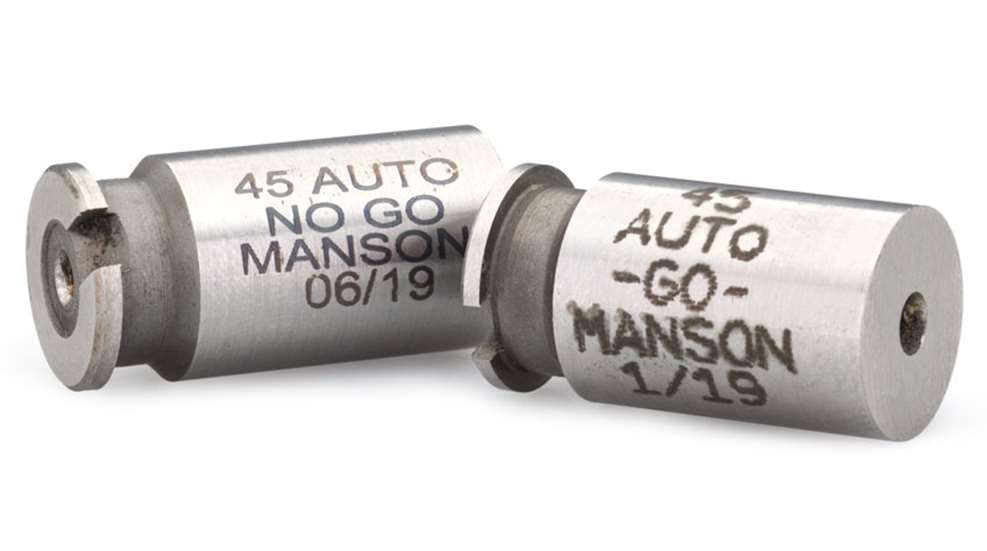
During a recent discussion at the gun store, the subject of headspace as it pertains to the many varieties of ammunition available for semi-automatic pistols was the primary topic. With all the variables in bullet weight and velocity in the available calibers, we could not imagine how headspace could be held to any kind of standard in a pistol. Enlighten us as to why headspace is important in a handgun and how to ensure the headspace on the ammunition we buy is correct for the gun we have.
R.R. Johnson
Meridian, MS
Headspace has nothing to do with bullet weight or the velocity of a particular cartridge. It pertains more to the chamber of the barrel and its relationship to the bolt or breechface when the action is closed. The manner in which the cartridge sits in the chamber may have an impact on the function of headspace if it is undersize or oversize.
In a semi-automatic pistol, with few exceptions, the chambered cartridge case is restricted in its forward movement into the chamber by the case mouth contacting the cartridge seat at the forward edge of the chamber. The measured distance between the cartridge seat and the breechface with the action closed is the headspace for the pistol. For every caliber commonly available, there are gauges that are used, principally by gunsmiths, to determine whether the headspace of a firearm is within specified tolerances or not. If the action closes on a GO gauge, but not on a NO-GO gauge, the gun is considered within the tolerances specified. Should the action close on a NO-GO gauge, that would be an indicator there may be excessive headspace and the gun needs the attention of a gunsmith for further analysis.
It is important to recognize there are tolerances associated with measurements of headspace involving ammunition, and necessarily so. When one considers all of the brands and types of ammunition manufactured for a specific caliber with the subtle differences in their cartridge cases alone, it might be understood why tolerances exist. Consider the buildup of dirt and firing residue over an extended firing session, and one could imagine how that could stop a gun with a minimum headspace dimension from working.
Guns that have excessive headspace have the potential to leave enough space between the chambered cartridge and the breechface that the firing pin may fail to reach or indent the primer sufficiently to fire the cartridge. This also presents a danger in that the cartridge could possibly fire without the full support of the chamber. In high-pressure cartridges such as the 9 mm, .40 S&W or .357 SIG, for example, the lack of support could cause a rupture in the body of the cartridge case or possibly a complete head separation. Either of these events could release uncontrolled, high-pressure gasses into the interior of the pistol that are likely to cause parts breakage or mechanical failure.
Fortunately, in this country, the Sporting Arms and Manufacturers’ Institute (SAAMI), sets the standard for ammunition and chamber dimensions of all popular calibers for all manufacturers to follow. This ensures the compatibility and safety of using ammunition in firearms of the same caliber designation. European manufacturers use Commission Internationale Permanante standards, commonly known as CIP, which are similar, but not identical to SAAMI standards. In either case, manufacturers that follow either standard ensure ammunition-and-firearm compatibility, as well as safety for a given cartridge.
Both SAAMI and CIP specifications take into consideration the plus and minus tolerances regarding headspace in order to ensure the safety and reliability of factory ammunition when fired in firearms chambered for the same caliber.
The key to ensuring the ammunition you or your friends purchase is safe and compatible with the firearm it is intended to be used in is to compare the cartridge and caliber engraved on the barrel or elsewhere on the gun with the cartridge and caliber designation listed on the end flap of the ammunition box and the headstamp on the cartridge itself. By doing that, there should be little doubt as to making the safe choice of ammunition for your pistol.





































